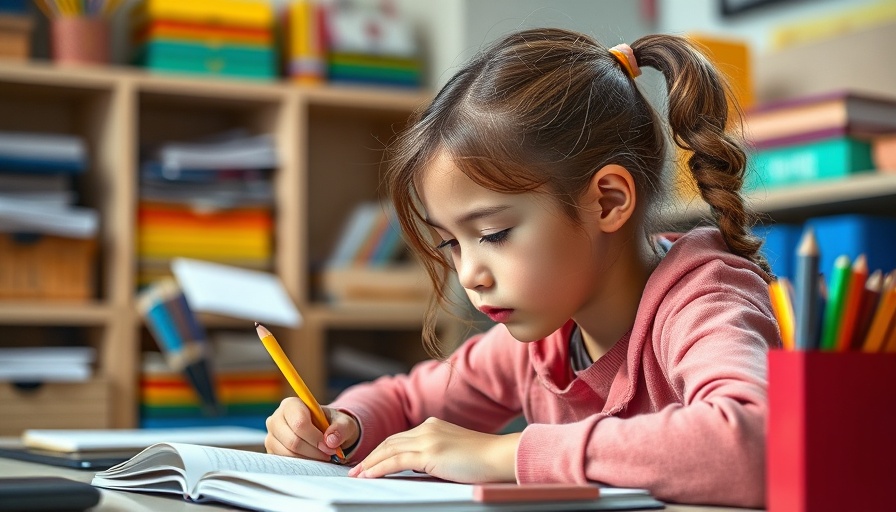
Unlock Your Inner Calm: Insights from Young Mindfulness Practitioners
Mindfulness, often associated with adults grappling with stress and anxiety, is now being embraced at a surprising age: first graders. In Seattle, the nonprofit Space Between has embarked on a mission to teach trauma-informed mindfulness practices to students, empowering them with essential life skills early on. This has profound implications, not just for their development but also as a model for adults in sports and outdoor activities who can learn from these children's experiences.
The Zig-Zag Breath: A Simple Yet Effective Tool
Young Romir’s Zig-Zag Breath technique offers an accessible way to practice mindfulness. By simply moving the head in a zig-zag motion while breathing calmly, this technique helps stave off discomfort, whether physical or emotional. For outdoor enthusiasts or athletes, integrating quick mindfulness practices like this before a hike, a workout, or even in moments of stress can be incredibly beneficial. Applying this simple technique could help clear your mind and improve your focus before engaging in demanding physical activities.
Square Breathing: A Tactical Approach to Mindfulness
Elijah’s Square Breathing method demonstrates how visualization can enhance mindfulness practices. Drawing an imagined square in the air, while focusing on one’s breath, not only calms the nervous system but also serves as a mental reset. This could prove particularly useful for athletes preparing for competitions or during recovery periods, helping to maintain a calm and focused mindset.
Mindfulness at Play: Practical Techniques for Everyday Life
Introducing mindfulness techniques early doesn’t just serve the children involved—it also sets a precedent for their coaches and parents. For example, incorporating mindfulness into sports training can improve performance by helping athletes regain focus during high-pressure situations. Techniques such as the Zig-Zag and Square Breathing practices can create moments of calm and clarity, which are essential for reaction time and decision making.
Benefits of Teaching Mindfulness to Kids
Research has shown that teaching mindfulness to children can boost self-esteem, reduce anxiety, and teach them how to handle stress effectively. The benefits extend into adulthood, producing individuals with higher emotional resilience and better coping skills. This bodes well for those who participate in sports and outdoor activities, where mental fortitude often dictates performance.
The Role of Mindfulness in Athletic Performance
Implementing mindfulness techniques can lead to improved concentration in both practice and competition. Statistics indicate that mindfulness can contribute significantly to performance by reducing stress and enhancing recovery times post-competition, which are crucial during intense training seasons.
Living Mindfully: A Comprehensive Approach for Families
The principles of mindfulness are applicable beyond just individual practices for kids. Families can adopt these techniques in daily routines, whether it’s during a family hike or at a picnic in the park. This creates a holistic environment where everyone learns to manage stress together, fostering closer family bonds while also nurturing individual well-being.
Final Thoughts: Embracing Mindfulness
Mindfulness practices taught to first graders showcase their potential benefits not only for children but for athletes and outdoor enthusiasts as well. The engaging methods developed by young students can bridge the gap between childlike wonder and mature understanding of mindfulness. Those involved in sports, hiking, and outdoor wellness can certainly benefit from these child-led practices by incorporating them into their routines for better mental and physical health.
To explore more mindfulness techniques and discover how you can engage in these practices, consider taking on new mindfulness activities with the children in your life. You'll not only nurture their growth— you may just rediscover your own inner calm in the process.
 Add Row
Add Row  Add
Add 






Write A Comment